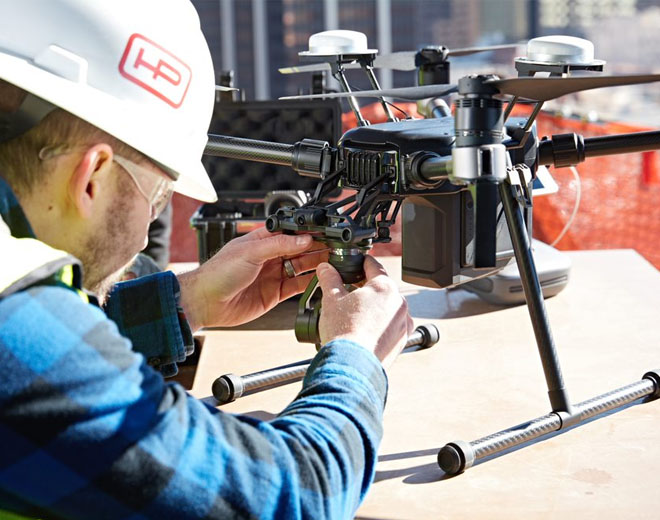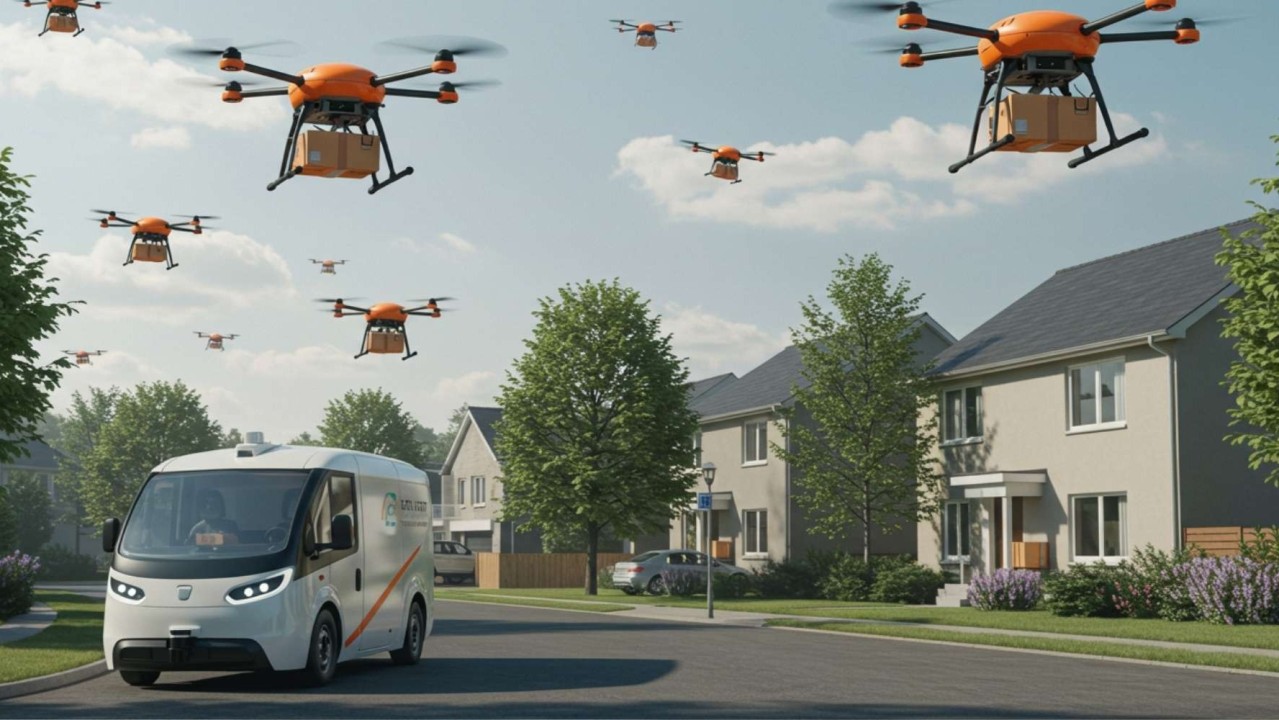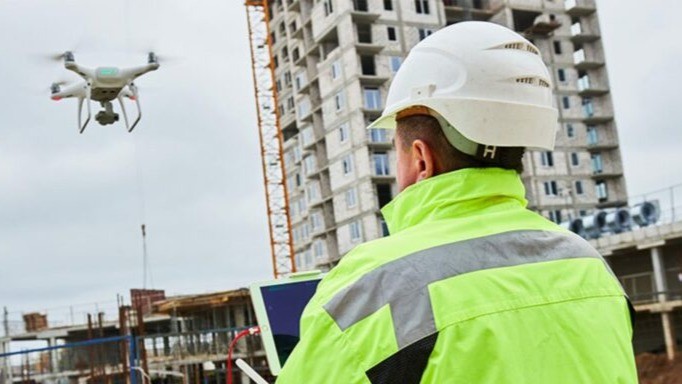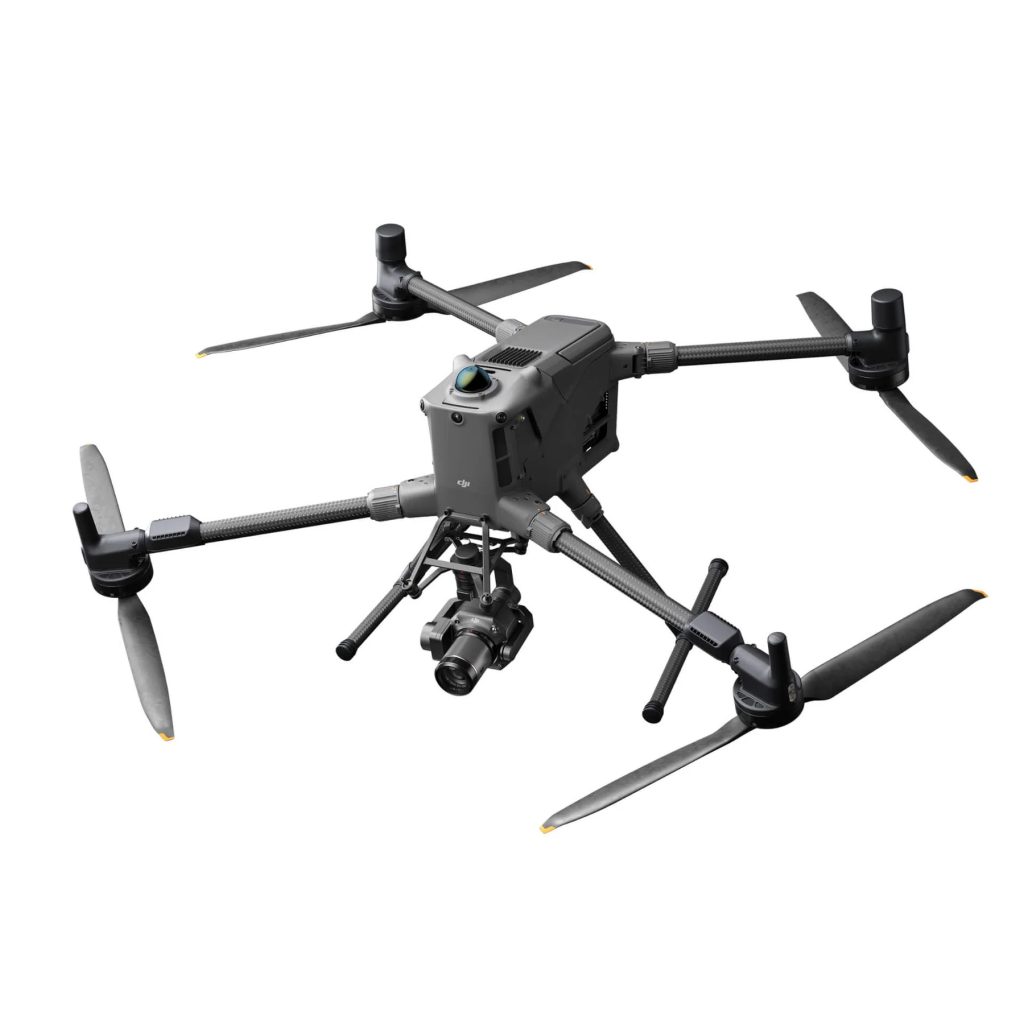Improved Firmware Addresses Early Return-To-Home or Automatic Landing of M200 Series Drones Without Compromising Measures Implemented To Maintain Flight Safety
December 19, 2018 – DJI has released new firmware updates for users of TB50 and TB55 batteries which address the small number of reports of Matrice 200 Series drones experiencing early Return-to-Home (RTH) or Automatic Landing (AL). These cases are not due to product performance issues but are false alarms triggered by conservative measures DJI implemented last month to prevent any further potential of M200 series drones experiencing loss of power mid-flight. DJI continues a thorough investigation of the root cause of the issue until it is fully resolved.
This new firmware update (v01.02.0301) further improves the algorithm accuracy of the battery management system to enhance user experience without compromising flight safety and product reliability which are DJI’s top priorities. The update is not mandatory, but M200 series drone operators are strongly advised to allow extra time before their next flight to update their drone and batteries to this latest firmware to minimize disruption to their operations.

For TB55 batteries used with M200 series drones, the firmware update will impose these new battery safeguards:
Additional battery heating before take-off
The additional heating will prevent batteries from turning off unexpectedly at low temperatures. The temperature of both batteries must now be 16°C (61°F) or higher before the aircraft can take off. This is because a battery with low temperature has a higher internal resistance, which causes lower voltage than in warmer conditions. A battery with low voltage will provide a lower level of power to the drone, and hence impose a higher risk of a power loss.
Improved battery percentage and fault detection
The battery percentage check before take-off has been improved, and users will be warned when the battery is faulty or the remaining battery charge suddenly jumps to a false higher percentage. The voltage of the battery will be used to verify the SOC value by the further improved DJI algorithm in the new firmware. This SOC value will be compared to the one calculated by the battery SOC calculation algorithm to determine if there is a “false high” SOC reading. If there is a “false high” SOC reading, then the aircraft will not be able to take off.
Enhanced Return-to-Home (RTH) or Automatic Landing
When the DJI algorithm detects a difference in SOC levels (this calculation runs within the battery and is therefore not visible to users through the screen) between the algorithm and the actual level that is too large, RTH (return-to-home) will be activated at a detected battery level of 30% and Automatic Landing (AL) activated at 10% (based on the DJI algorithm). Previously observed false alarms, that triggered early RTH or AL in a small number of cases, have been reduced drastically.

For TB50 batteries used with M200 series drones, the firmware update will impose this new battery safeguard:
Additional battery heating before take-off
The additional heating will prevent batteries from turning off unexpectedly at low temperatures. The temperature of both batteries must be 16°C (61°F) or higher before the aircraft can take off. This is because a battery with low temperature has a higher internal resistance, which causes lower voltage than in warmer conditions. A battery with low voltage will provide a lower level of power to the drone, and hence impose higher risk of a power loss.
Please note:
Pilots who are using drones of both the DJI M200 series and the DJI Inspire 2 with TB50 batteries may continue to receive an “inconsistent firmware” notification when using batteries updated with different firmware versions. This may lock the drone. DJI advises that pilots use batteries upgraded with the same firmware until a new firmware update is released in January.
After further testing and simulations, DJI decided not to issue a scheduled temporary firmware update for the Inspire 2 this month as there is no indication of flight safety being compromised. Using batteries upgraded with the same firmware will solve this compatibility issue in addition to improving the overall user experience.
As with all Lithium batteries, there are several factors that impact the usability of your TB50 and TB55 batteries, including external variables such as weather and altitude where your flight takes place, as well as factors in your control such as storage and handling methods. Please read our Intelligent Flight Battery Safety Guidelines and follow our updated user guidelines to help minimize potential disruption to your operations.
If you believe you may have experienced a related power problem involving the TB50 or TB55 battery, please contact DJI customer service at dji.com/support to report the issue.
[1] Flight times vary depending on the age of batteries, the temperature of the environment, altitude or payload.
[2] Flight times vary depending on the age of batteries, the temperature of the environment, altitude or payload.
Source: DJI
Download our FREE GVC Training Guide
Learn everything you need to know about becoming a drone pilot with our GVC training guide.
- Get a full course roadmap to understand every step of the journey
- Contains clear answers to all of the frequently asked questions
- Get a transparent and comprehensive breakdown of course costs













